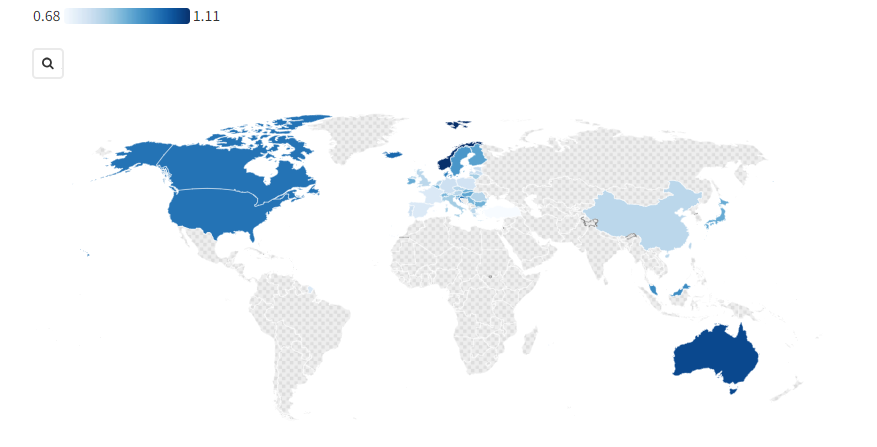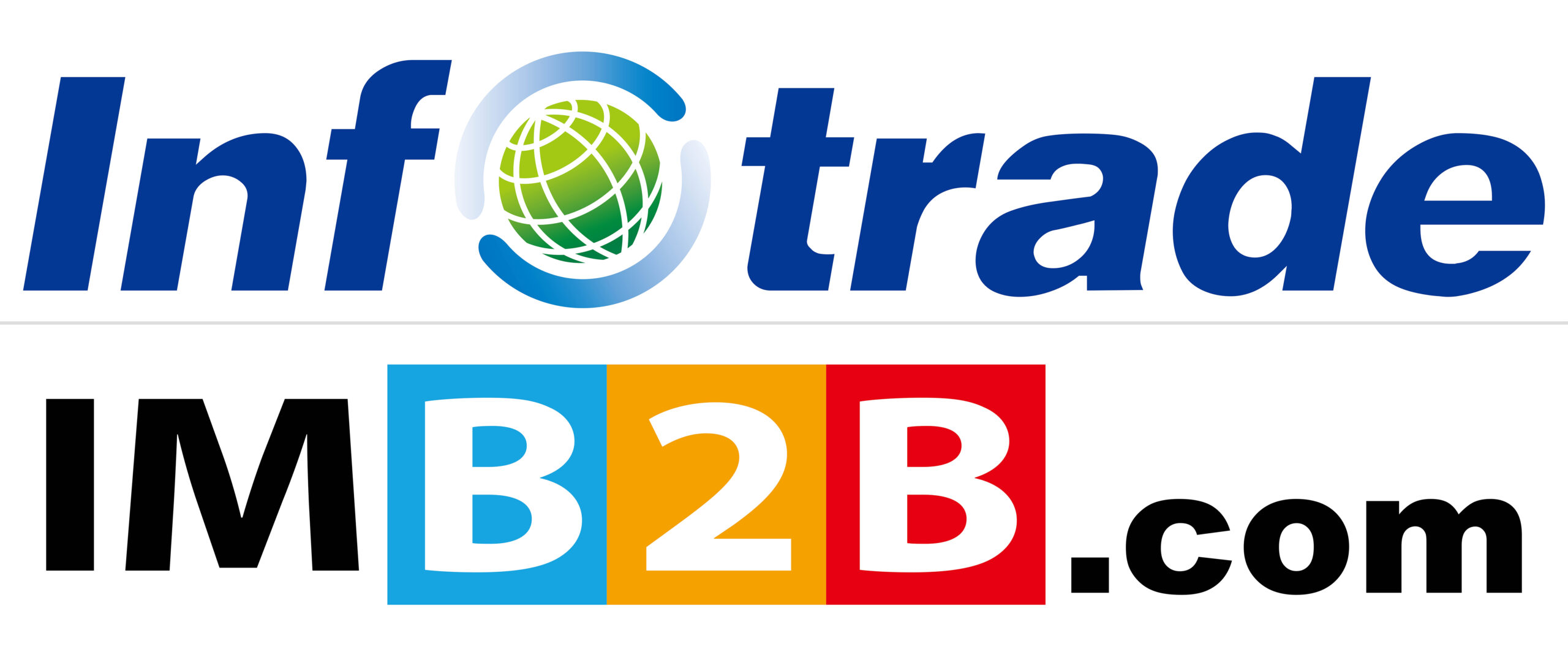Top Tire Review: Tire Prices Around the World: An Emulation of the Big Mac Index

Introduction
Tire Prices Around the World: Understanding the economic disparities and trends across different countries has long been a subject of interest for economists. The Big Mac Index, introduced by The Economist in 1986, has served as a simple yet insightful tool for this purpose. This index uses the price of a Big Mac in various countries to compare the purchasing power parity and living standards. The idea behind this is that a Big Mac is a universal product, available in almost all countries and produced in a standardized way, which makes it an interesting subject for comparison.
However, in our increasingly globalized world, it’s useful to explore other indexes that might offer different perspectives or highlight other aspects of our economies. Hence, the objective of this article: to analyze tire prices around the world in a manner akin to the Big Mac Index. Just like a Big Mac, a tire is a universally known product, with a global market and somewhat standardized production. Yet, the tire industry also exhibits a great deal of complexity due to its ties to the automobile industry, oil prices, and international trade regulations, among other factors.
By creating an index based on tire prices – which we’ll refer to as the Tire Price Index – we aim to offer another way to understand and compare economies around the world. This index will help us answer questions like: Where are tires most expensive, and why? How does the cost of a tire correlate with living standards or economic health in a given country? Could tire prices be a new way to understand economic disparities and global market trends?
Throughout this article, we’ll delve into these questions, examining tire prices in numerous countries, from Germany to China to the United States. We’ll explore the factors contributing to these prices, and we’ll attempt to discern patterns and draw conclusions from the data. We hope this analysis will shed new light on global economic disparities and trends, offer valuable insights for both consumers and businesses in the tire industry, and inspire further research on this topic.
Conceptual Framework: The Tire Price Index
Just as the Big Mac Index uses a universally known product – the Big Mac – as a benchmark for comparing economies, our Tire Price Index will do the same. However, instead of a sandwich, we’ll be using a tire: the Michelin Pilot Sport 4S, size 225/40R18. This tire was chosen because of its widespread availability and reputation as a high-quality, performance-oriented product. Additionally, as Michelin is a global brand with production facilities worldwide, this tire can be considered a somewhat standardized product, suitable for international price comparisons.
The prices for the Michelin Pilot Sport 4S were sourced from the website delti.com, a leading European online tire retailer with an extensive network of prices from across the globe. Although the prices may not perfectly reflect the price a consumer might find at a local store in each respective country due to various factors like local taxes, import duties, and transportation costs, they provide a valuable baseline for our Tire Price Index.
Much like the Big Mac Index, our Tire Price Index is calculated by dividing the price of the Michelin Pilot Sport 4S in a given country by the price in the United States, which is used as a base. This yields a relative price index, where a value of 1 indicates parity with the U.S. A value greater than 1 means the tire is more expensive relative to the U.S, while a value less than 1 indicates it is cheaper.
For example, if the Tire Price Index for Germany is 0.77, this suggests that the Michelin Pilot Sport 4S is approximately 23% cheaper in Germany compared to the United States. Conversely, if the index for Australia is 1.07, this suggests the tire is approximately 7% more expensive in Australia relative to the U.S.
While similar to the Big Mac Index, the Tire Price Index also offers unique insights, given that the tire industry has different dynamics. Tires are linked closely with the automotive industry, oil prices, and international trade regulations, creating a different set of influences on their prices. In the following chapters, we’ll delve into these influences and dissect the Tire Price Index data to understand the state of tire prices around the world.
Analysis of Tire Prices Around the World
With our Tire Price Index established, we can now delve into the heart of the matter: analyzing tire prices around the world. To accomplish this, we will present the data in ascending order of the index values, which will allow us to identify the countries where the Michelin Pilot Sport 4S is most and least expensive, relative to the United States.
Tire Prices Around the World
USA tire price = 100%

According to the index, the Michelin Pilot Sport 4S is least expensive in countries like Germany (0.77), Turkey (0.68), and Spain (0.74), whereas it is most expensive in countries such as Norway (1.11), Iceland (1.02), and Australia (1.07). This distribution of tire prices raises a series of intriguing questions: What factors are causing the prices to be lower in countries like Germany and Turkey, compared to the U.S? Conversely, why are tires more expensive in countries like Norway and Australia? How do these prices correlate with factors such as local production, import regulations, and economic conditions?
Tire Prices Around Europe
USA tire price = 100%

One interesting observation is the geographic distribution of the index values. European countries seem to dominate the lower end of the index, implying that the Michelin Pilot Sport 4S is relatively cheaper in these countries. Conversely, countries with higher living costs, such as Norway and Australia, have higher index values, implying that the tire is relatively more expensive in these regions. However, while these initial observations are interesting, they are only scratching the surface. To gain a deeper understanding of the factors influencing tire prices, we will need to delve into a more detailed examination of specific countries and global trends, which will be the focus of the subsequent chapters.
As we go further in our exploration, it’s important to remember that this data provides a snapshot of tire prices at a given point in time. Fluctuations in market conditions, exchange rates, and other economic factors may cause these prices to vary. However, it does provide a useful baseline for our analysis. The source of this data will be provided in the reference section at the end of the article.
Detailed Examination of Specific Countries
In this chapter, we will zoom into two contrasting ends of our Tire Price Index – the countries with the lowest index value (Turkey) and the highest (Norway), representing where our selected Michelin tire is the most affordable and the most expensive relative to the U.S., respectively.
A. Turkey
Turkey has the lowest index value of 0.68, which implies that the Michelin Pilot Sport 4S tire is approximately 32% cheaper in Turkey compared to the United States. A combination of factors may contribute to this. Firstly, Turkey has a robust domestic tire production industry, boasting several large tire manufacturing plants, including a facility run by Brisa, a joint venture between Bridgestone and Sabancı Holding, one of Turkey’s largest industrial and financial conglomerates. This local production may help lower prices by reducing dependence on imports, thus avoiding high import duties and transportation costs.
Secondly, Turkey’s economic conditions may also play a role. With its lower average income levels compared to the U.S., tires may be priced lower to cater to the purchasing power of the local population. However, this could also mean a lower quality or variety of tires in the market.
B. Norway
On the other end of the scale, Norway’s index value is the highest at 1.10 . This suggests the Michelin Pilot Sport 4S tire is about 10% more expensive in Norway than in the U.S. Several factors could explain this. Norway, known for its high cost of living and high income levels, often sees higher prices for many goods and services compared to other countries. High wages, in particular, often lead to higher prices, as businesses need to cover their higher labor costs. Furthermore, Norway imposes high import duties on many goods, including automobile tires. Import regulations and taxes can significantly inflate the final price of products, making them more expensive for consumers. These costs are often passed onto consumers in the form of higher prices.
The country’s commitment to environmental sustainability may also contribute to higher tire prices. Norway has stringent environmental regulations that could increase the cost of tire disposal, which might indirectly impact the retail price of tires. These two examples provide a glimpse into how various factors can impact tire prices in different countries. However, to fully understand the complexity of global tire pricing, we must explore broader global trends and deeper economic implications, which will be the focus of the following chapters.
Global Trends and Contributing Factors
To gain a deeper understanding of the state of tire prices around the world, it’s essential to examine global trends and the factors that influence these trends. By doing so, we can better grasp the dynamics of the tire industry and how various economic, political, and cultural factors interplay to determine tire prices.
A. Overview of Global Trends
Based on our Tire Price Index, we see some geographic trends. European countries tend to have lower index values, which suggests that the Michelin Pilot Sport 4S tire is relatively cheaper in these regions compared to the U.S. On the other hand, the tire tends to be more expensive in high-income countries such as Norway, Iceland, and Australia.
B. Key Factors Influencing Tire Prices
- Local Production vs. Import: Countries with local tire production capabilities generally have lower tire prices due to reduced costs associated with shipping and import taxes.
- Tax and Import Duty Rates: Countries with high import duties on goods, including tires, can expect to see higher tire prices. These additional costs are typically passed onto the consumer.
- Economic Factors: The economic health of a country plays a significant role in determining tire prices. This includes factors like inflation rates, exchange rates, and average income levels.
- Quality and Type of Tires: The quality and type of tires sold in a country can also affect the average price. If a country’s market is dominated by high-end, performance-oriented tires, the average price may be higher.
- Geographic and Climatic Factors: Countries with challenging terrains or harsh weather conditions may have higher demand for specialized, higher-quality tires, which could increase average tire prices.
- Regulations: Environmental and safety regulations can also impact tire prices. For example, countries with stringent regulations regarding tire disposal or composition may have higher tire prices.
In the next chapter, we will delve into how tire prices correlate with living standards and see if tire prices can serve as an indicator of broader economic trends, similar to the Big Mac Index.
Correlation of Tire Prices and Living Standards
Beyond simply understanding the cost of tires in various countries, we can use this information to investigate deeper socioeconomic trends. Just as the Big Mac Index provides insights into purchasing power parity and the cost of living in different countries, the Tire Price Index might also reveal interesting correlations.
A. Relationship between Tire Prices and Living Standards
A preliminary look at our data suggests there may be a correlation between tire prices and living standards. Countries with higher living standards, such as Norway, Iceland, and Australia, also tend to have higher tire prices according to our index. Conversely, countries with lower living standards and lower average income levels, such as Turkey, have lower tire prices.
This correlation could be explained by a number of factors. Higher income levels may allow consumers in wealthier countries to afford more expensive, high-quality tires. On the other hand, in countries with lower income levels, tire manufacturers and retailers may need to keep prices down to maintain affordability for consumers.
B. Tire Prices as an Economic Indicator
Although it’s clear that tire prices can tell us something about living standards in different countries, could they also serve as an indicator of broader economic trends? Certainly, tire prices are influenced by a wide array of economic factors. Inflation rates, exchange rates, and tax policies can all impact the cost of tires. Furthermore, since tires are tied closely to the automobile industry, they could potentially reflect trends in that industry as well. For instance, countries with flourishing automobile industries may have cheaper tire prices due to the high demand and availability of tires. Additionally, countries with a strong focus on eco-friendly policies may have more expensive tires due to higher production and disposal costs imposed by strict environmental regulations.
In conclusion, while the Tire Price Index may not be as widely applicable or easy to understand as the Big Mac Index, it could still serve as a useful tool for analyzing economic trends. By examining tire prices, we can gain insights not only into the tire and automobile industries but also into broader economic and social conditions in different countries. In the next chapter, we will discuss some limitations of the Tire Price Index and possibilities for further research.
Limitations and Further Research
While the Tire Price Index provides a unique perspective for comparing economies and understanding global trends, it’s essential to acknowledge its limitations and the opportunities for further research.
A. Limitations of the Tire Price Index
- Standardization: While we have chosen the Michelin Pilot Sport 4S, 225/40R18, as a globally recognized tire, there may be variations in its specifications and quality across different regions due to varying production processes and standards.
- Availability: The availability of the chosen tire can differ across countries, affecting its price. In some countries, this particular tire might be considered a luxury item, which could inflate its price.
- Pricing Factors: Prices obtained from one retailer might not perfectly reflect the range of tire prices available in a country. Prices can be influenced by several factors, such as taxes, import duties, and distribution costs, which can vary significantly within a country.
- Scope: Like the Big Mac Index, the Tire Price Index is a simplified tool that doesn’t account for more complex economic indicators. It should therefore be used as a broad measure rather than an absolute indicator of economic health.
In conclusion, while the Tire Price Index may not be as widely applicable or easy to understand as the Big Mac Index, it could still serve as a useful tool for analyzing economic trends. By examining tire prices, we can gain insights not only into the tire and automobile industries but also into broader economic and social conditions in different countries. In the next chapter, we will discuss some limitations of the Tire Price Index and possibilities for further research.
B. Further Research
The Tire Price Index opens up several avenues for further research:
- Different Tire Models: A comparison of different tire models could yield a more nuanced understanding of global tire pricing.
- Temporal Analysis: A longitudinal study of tire prices could reveal how global economic events affect tire prices.
- Regional Analysis: A more detailed regional analysis could provide insights into local market dynamics affecting tire prices.
- In-Depth Economic Correlation: A more detailed examination of the relationship between tire prices and economic indicators could reveal deeper insights into global economic trends.
In conclusion, the Tire Price Index offers a new lens to view and understand global economic disparities and trends. While it’s not without its limitations, this novel index inspires intriguing questions and offers exciting opportunities for further exploration into the world of tire economics.
Conclusion and Future Implications
In this exploration of tire prices around the world, we have taken a well-known economic model, the Big Mac Index, and adapted it to a less-explored industry. Our newly conceived Tire Price Index, focusing on the Michelin Pilot Sport 4S tire, has unveiled a myriad of insights about global economic disparities and trends. The analysis has shown that the cost of tires, like many other products, varies significantly from one country to another. These variations are influenced by a range of factors, from local production and import duties to economic conditions and living standards. It’s been particularly illuminating to see that countries with higher living costs, such as Norway and Australia, also tend to have higher tire prices.
While these findings are insightful, they are just the beginning. The Tire Price Index could be a valuable tool for economists, industry analysts, and policymakers. It offers a fresh perspective to understand the tire industry’s global dynamics, which is intrinsically linked to the wider automotive sector and broader economic conditions. However, it’s important to remember that the Tire Price Index, much like the Big Mac Index, is a simplified tool. It’s not intended to replace more comprehensive economic indicators but rather complement them by offering a unique lens through which to view global economic disparities and trends.
For the future, the index opens the door to many possibilities. It could be expanded to include a wider variety of tires, or to analyze price changes over time. We could also delve deeper into the relationship between tire prices and other economic indicators, to uncover even more insights about the world economy. In conclusion, the study of tire prices around the world has proven to be a fascinating journey. From revealing the most and least expensive countries to buy tires to correlating tire prices with living standards, this investigation has shown that even something as seemingly mundane as the cost of a tire can tell us a great deal about our global economic landscape.
Credit: Dr Edwin Pang, original website from Top Tire Review: https://toptirereview.com/tire-prices-around-the-world-an-emulation-of-the-big-mac-index/


























